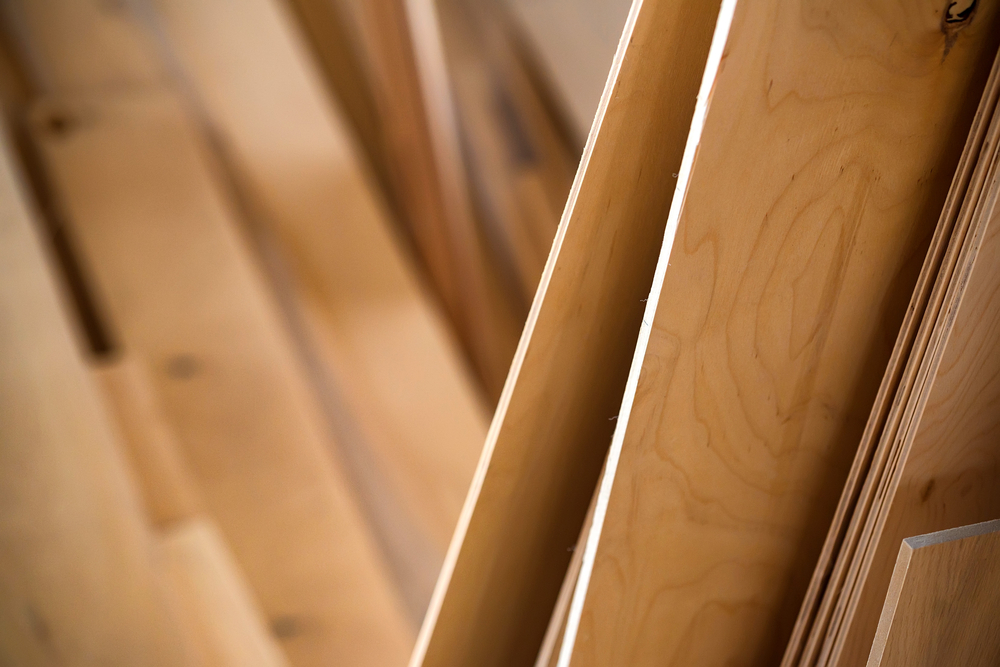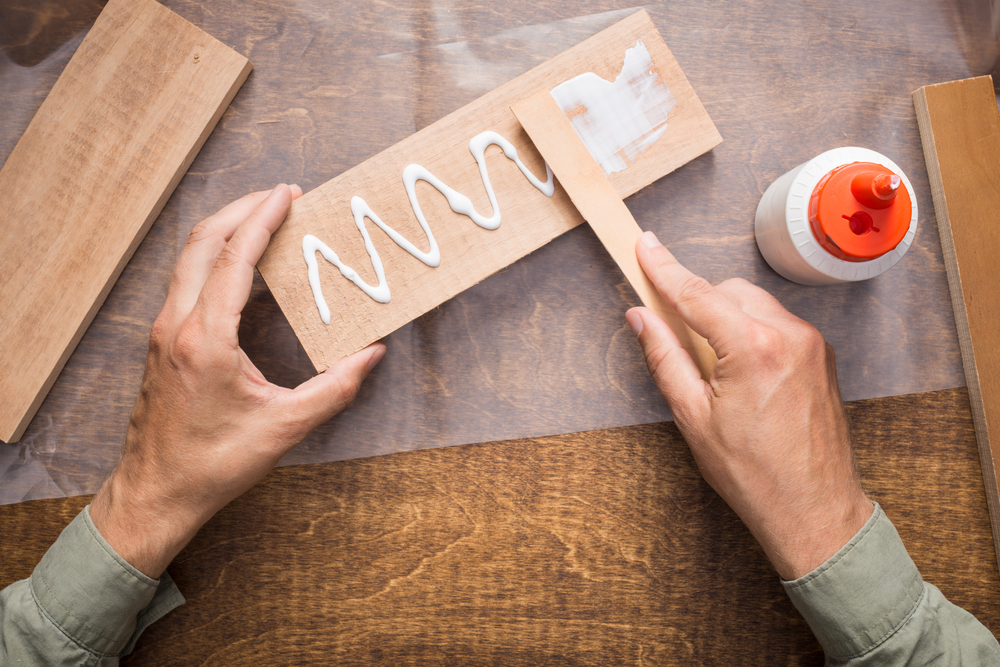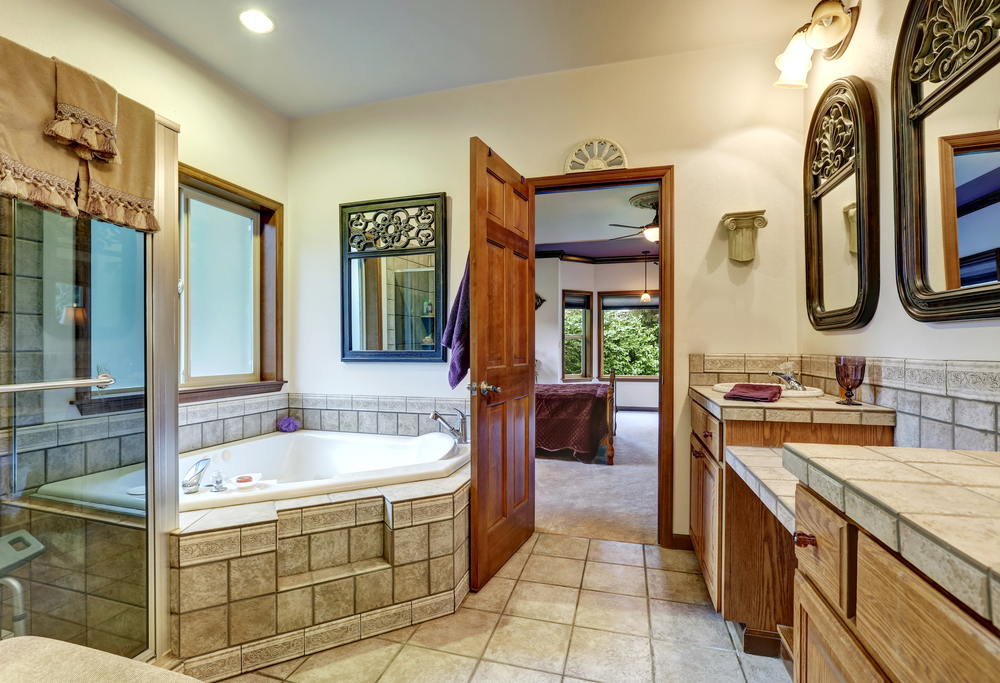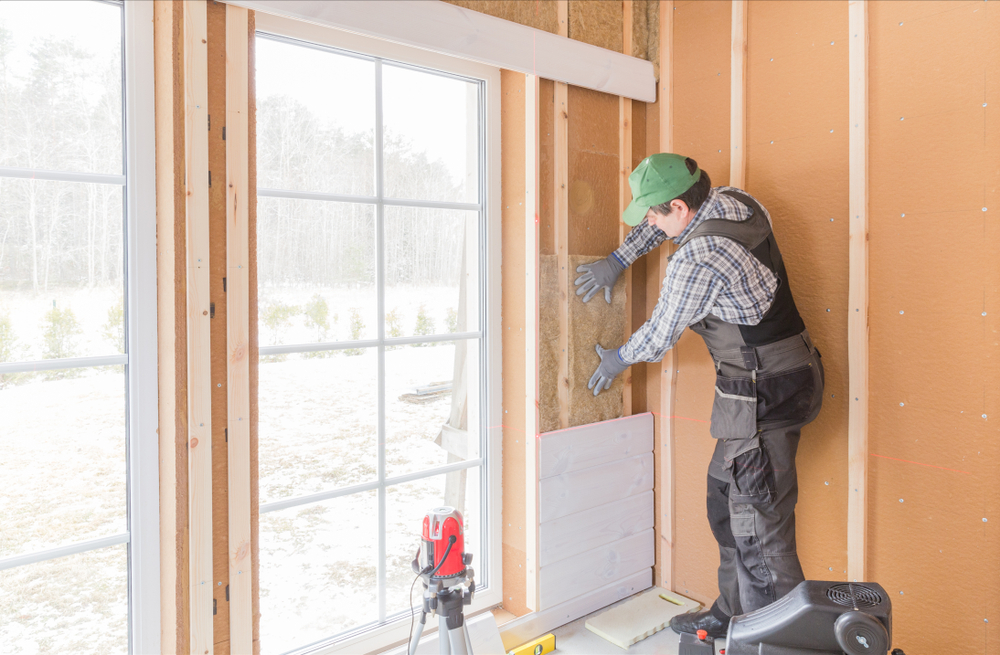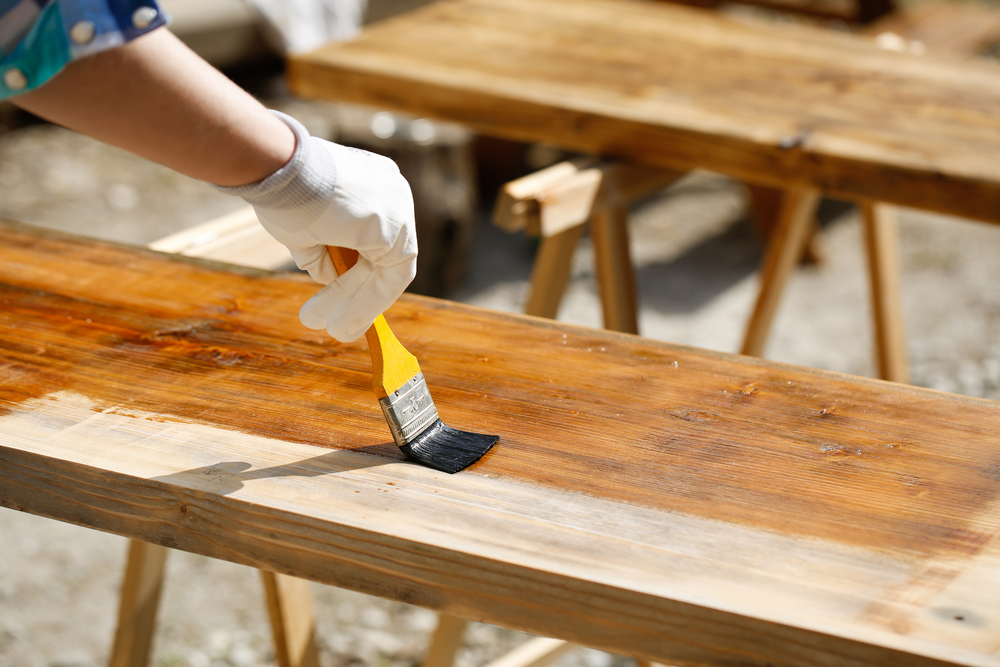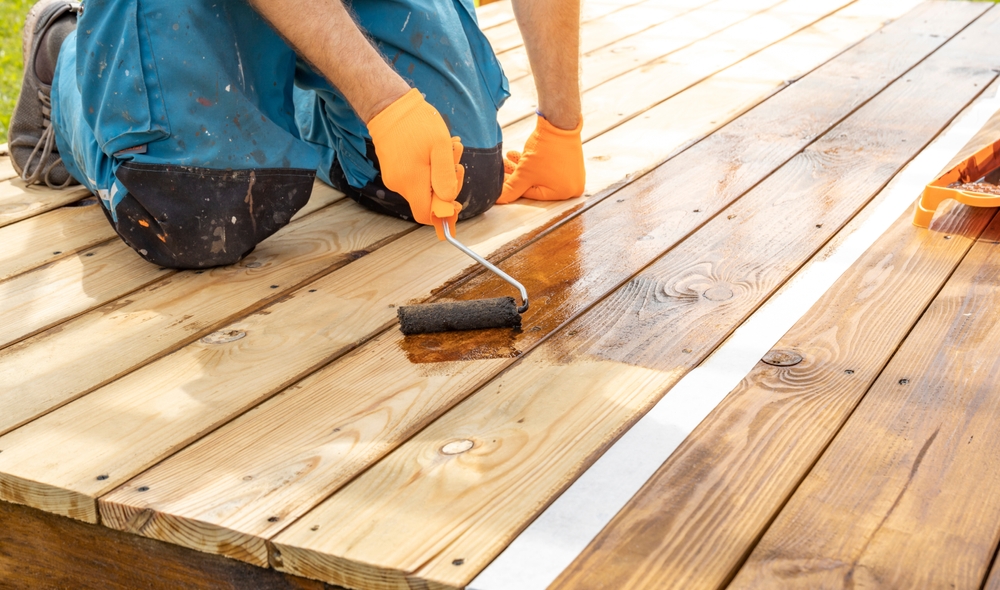Understanding Wood Siding Types
Wood siding remains a popular choice for homeowners. Its natural look, versatility, and environmental benefits make it stand out. Here’s a guide to different types of wood siding available today. Each type offers distinct features and benefits to consider.
Clapboard Siding
Clapboard siding is a classic option known for its simplicity. It consists of long horizontal boards. These boards overlap each other. This design helps in shedding water effectively. Historically, it has been used for centuries. It provides a traditional and appealing look to homes. Popular wood species for clapboard include cedar and pine. Each species has its unique texture and grain patterns. Clapboard is relatively easy to install. It’s also known for its durability when maintained properly. Regular painting or staining is necessary to protect the wood from the elements.
Shingles and Shakes
Shingles and shakes offer a rustic charm. They are thicker than clapboard and typically irregular in texture. The main difference between the two is the manufacturing process. Shingles are sawn and uniform in thickness. Shakes are split and rugged, giving them a more natural appearance. Cedar is the predominant wood used here due to its resistance to decay. Shingles and shakes provide excellent insulation. They also allow for good air circulation. This siding type often requires professional installation due to its complexity.
Board and Batten
Board and batten siding gives a vertical line appearance. It involves wide boards placed apart. Narrow strips, known as battens, cover the seams. This creates an alternating pattern. It provides strength and a unique aesthetic appeal. This style has roots in historic barn constructions. It’s now considered both vintage and modern. Primarily made of cedar and redwood. Board and batten is durable and resistant to outdoor conditions. It needs sealing and staining to maintain its performance.
Bevel Siding
Bevel siding is another horizontal type. It’s also referred to as lap siding. It involves thin planks of wood. These planks have one thicker edge and one thinner edge. The thicker edge overlaps the thinner edge of the board below. This helps with water runoff. Cedarwood is a common choice due to its weather-resistant properties. Bevel siding offers an elegant look with its shadow lines. It is easy to maintain and is perfect for various architectural styles.
Log Siding
Log siding evokes the feeling of living in a log cabin. It’s ideal for rustic and rural homes. Logs are cut into halves or are milled to resemble logs. The wood often comes from pine or cedar. Log siding is known for its insulating properties. It helps to keep homes warm in winter and cool in summer. It requires consistent sealing and treatment to prevent insect infestation and rot. Log siding is heavier and demands professional handling.
Drop Channel Siding
Drop channel siding features overlapping planks. It’s similar to clapboard but with a more pronounced profile. Each board has a rabbet cut on the back. This allows it to fit snuggly into the board below. Drop channel siding is easy to install. It accommodates wood expansion and contraction. This siding provides good moisture resistance. Commonly made from cedar or redwood, offering natural protection. It suits both modern and traditional home styles.
Wood Composite Siding
Wood composite siding is an engineered product. It’s crafted from wood fibers and other substances. This type of siding is highly durable. It doesn’t warp or rot easily. Composite siding offers a wood-like appearance without the typical drawbacks. It comes in a variety of colors and styles. It’s a great choice for homeowners looking for low maintenance. Composite siding can be more cost-effective in the long run.
Pine Siding
Pine is a common and affordable wood siding option. It’s versatile with both vertical and horizontal installations. Pine siding has a lighter color that takes paint and stains well. It can be susceptible to decay. Proper treatment and maintenance are essential. Pine is softwood, making it easy to work with. It’s important to choose quality treated pine to avoid warping.
Cedar Siding
Cedar is highly sought after for its natural resistance to decay and insects. It provides an attractive grain, ranging from smooth to rustic textures. Cedar siding can be left untreated for a weathered look or stained for preservation. It offers excellent insulation. Cedar siding is lightweight yet stable. It’s one of the preferred choices for many architects and builders.
Redwood Siding
Redwood siding is known for its rich tone and natural durability. It’s resistant to shrinking, warping, and insects. Its dense grain adds to its strength and insulation properties. Redwood, like cedar, can be left untreated. It develops a beautiful patina over time. Redwood is more expensive than other wood types. Its longevity and visual appeal often justify the cost.
Spruce Siding
Spruce is a budget-friendly wood option for siding. It has a straight grain and a light, uniform color. Spruce takes paint and stain well. It’s not as durable as cedar or redwood. It requires treatment and upkeep. Spruce siding is often used in regions with moderate climates. It’s a valid option for homeowners with cost considerations.
Choosing the Right Wood Siding
Selecting the right type of wood siding involves considering several factors. Climate and weather conditions play a major role. Certain woods withstand humidity and moisture better. Maintenance is another critical aspect. Some wood types require regular upkeep. Others are more resistant and easier to maintain. Additionally, the architectural style of the home often dictates compatible siding options.
Wood siding offers unmatched natural beauty and flexibility. Each type of wood siding brings its own set of advantages and challenges. Understanding these can help in making an informed choice. The right siding enhances the curb appeal and value of any home.

